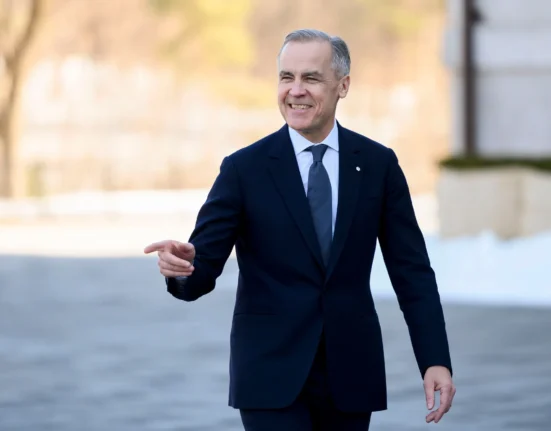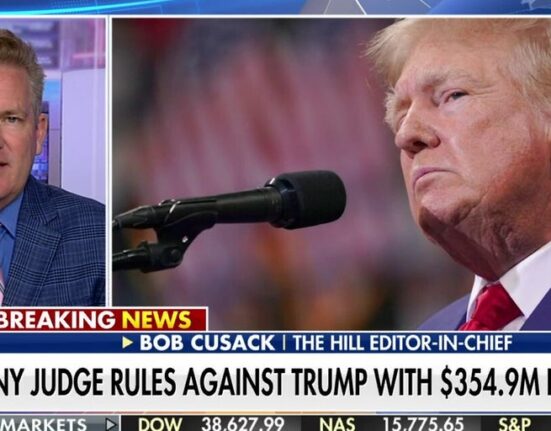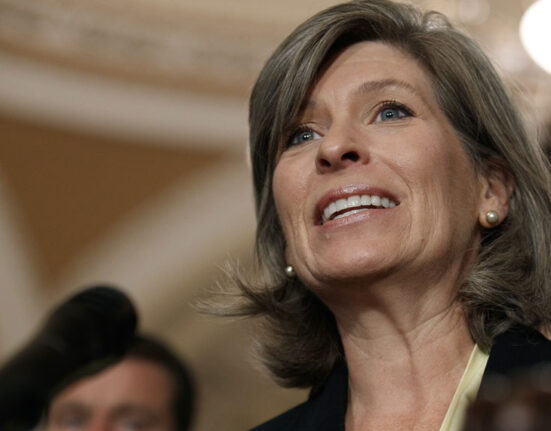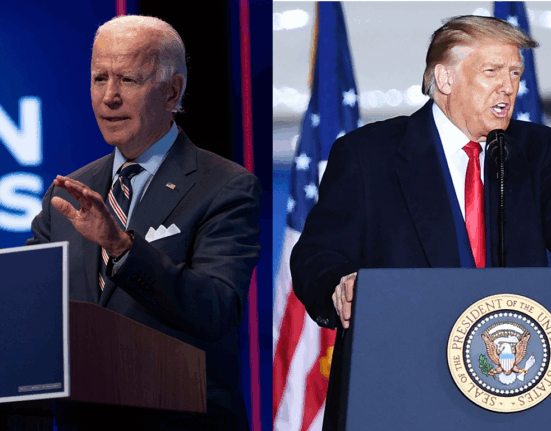Political advertising has always been a captivating dance of persuasion, but as technology evolves, so do the strategies. In the lead-up to one particular election season, where the air is thick with promises and ambitions, a new battleground emerges: social media.
As traditional media outlets are bound by blackout laws before Election Day, online platforms like Facebook, Google, and YouTube become the hotspots for political parties to unleash their campaign war chests. Labor, in a bid to secure votes and tighten its grip on power, has taken center stage with an impressive financial display.
“Labor splurged more than $11m across Google and Meta platforms to win votes.”
The data paints a vivid picture – an expenditure exceeding $39 million from various parties and affiliated groups for online political ads since late March. Labor emerged as the undisputed champion of this digital arena, outspending not only its political rivals but also billionaire Clive Palmer.
“Fibs and exaggeration have always been part of politics – but who knows what lies are now being pushed online?”
With a keen eye on key electorates like Bennelong, Brisbane, Boothby, Blair, and Bullwinkel, Labor strategically funneled its funds into targeted messages aimed at capturing hearts and minds via social media channels. The goal was clear: influence voters where they spend most of their time – online.
Advocates have long clamored for revisions to electoral laws that seem stuck in a bygone era. While TV and radio face blackout restrictions nearing polling day, digital platforms remain unbridled in their dissemination of political content. This dichotomy has sparked debates on fairness and equality among competing voices during the critical moments leading up to an election.
“You can spend an enormous amount of money selling a beer that no one wants to drink.” – Kos Samaras
Expert analysis suggests that while pouring significant resources into social media campaigns may seem like the logical step forward in these tech-driven times, success hinges on more than just financial muscle. Understanding the digital landscape and tailoring messages that resonate with audiences hold equal weight in swaying public opinion.
Each party’s spending reveals intriguing insights into their tactics – from Palmer’s notable investments to independent groups rallying behind specific causes or candidates. The intricate web of alliances woven through monetary support sheds light on the multifaceted nature of modern-day political campaigning.
As battleground seats witness intense advertising blitzes from all fronts aiming to sway undecided voters or solidify existing support bases; it becomes apparent that strategic targeting is key in securing victories come Election Day. Labor’s dominance in this domain underscores its commitment to leaving no stone unturned when vying for electoral success.
Calls reverberate through corridors of power urging lawmakers to revisit outdated electoral laws that fail to address the seismic shift towards digital campaigning dynamics. Voices advocating for a level playing field stress the need for uniform regulations governing both traditional broadcast mediums and burgeoning online platforms.
In conclusion: as politicians navigate this ever-evolving terrain where virtual landscapes hold as much sway as physical ones; adaptability will prove pivotal in determining who emerges victorious amidst the relentless cacophony of modern politics.








Leave feedback about this